Even with some reservation, one thing can be said about Trek’s Domane+ LT 9 at first glance – this ebike is anything but ordinary. Its look is too striking, its equipment too noble, its electric drive too inconspicuous. Without having any reliable proof, we are certain that these characteristics will attract people other than an “ordinary” ebike. Those whose pulse beats faster at the sight of this bike probably love the adrenaline and sweat they get from cycling. The feeling of happiness when cycling on remote paths while a bird joins you for a few wing beats in the distance is up to others.
Trek Domane+ LT 9 in the test – The prelude
Therefore, this test deliberately deviates from the usual pattern. It starts about a week before the Domane+ ride. On that day, 120 kilometres are on the agenda. Constantly into the headwind towards the west, about 650 metres of altitude uphill, almost exactly as many downhill and without electric assistance. Why? For two reasons. Firstly, it can be helpful to recall the memory of such an experience in the body and later to draw a comparison with the motorised experience. Secondly, the riding experience with the Domane+ can be compared with that on other ebikes. However, it feels like that would only be half the truth.
Between a question mark and the whole truth, whatever that might be, there are just over 140 kilometres with around 2,000 metres of altitude on the actual day of riding That is, of course, only the metres of altitude where the arrow points upwards. Based on the data, some of you may look questioningly and want to know how the battery is supposed to cope with that. The answer is clear: not at all. With a capacity of 252 watt-hours, it is quite clear that the battery will run out of power on the way. But with a purchase price of around 11,000 euros, the test is entitled to be challenging. Besides, we ourselves are curious to see what can be expected for such a sum. At the same time, there are still enough kilometres left to find out how the bike rides without the motor, but with the weight of the drive on board.
Trek Domane+ LT 9 in the test – The lightness of rolling
The first awakening comes when carrying the bike up from the cellar. The total weight of about 14 kilograms sounds pretty low. But at this early hour of the morning, the difference to a conventional road bike is clearly noticeable. One to nothing lead for pretty much every better bio-bike. The equaliser, however, does not take long to come. Only two minutes, to be precise. Then it starts, the ride into the unknown. And it only takes a few turns of the wheel to eliminate some of the uncertainty immediately. Wheels and cranks are not statements, they are a whole lecture. Whereas during shouldering the weight of the bike was absolutely present, this seems to have been swept away. Always amazing what effect reducing the weight of the moving parts on a bike has. In this case, carbon as the material in each case and in exactly the right spot. If the going gets tough on the mountain during the course of the tour, one thing is already certain: it can’t be because of these two components.
- Perfect road conditions are not a basic requirement for riding pleasure on the Trek Domane+ LT 9.
- Its IsoSpeed elements effortlessly absorb the impact of such bumps.
The first 30 kilometres are almost flat. Perfect for getting to know the bike and getting into the tour. Major roads are deliberately left aside. It simply suits the calmness of the still rather young day better. It also unintentionally highlights the Domane+’s next strength. Because we pay for the luxury of traffic calming with noticeably rougher road surfaces. Cobblestones, patchwork of asphalt and makeshift gravel construction sites alternate in a lively sequence. From the e-road bike, this is visible but hardly noticeable. In addition to the wheels and cranks, the entire frame is made of carbon. Due to the stiffness of the material, it should really shake you up. Yet it doesn’t. Instead, the IsoSpeed integrated into the top tube and the head tube absorb most of the shocks. Only a few vibrations reach the hands and buttocks. The 32 millimetres wide tyres also dampen very effectively. So the passages that can quickly ruin your mood, instead definitely awaken the riding enthusiasm. Mountains, here we come.
Trek Domane+ LT 9 in the test – Unexpected things often happen
And there they are, the mountains. Or at least the first crisp climbs. After crossing a river, the route climbs up the slope from the river bank with a gradient of up to 20 percent. Nimble fingers are needed here. Quickly switch from the Breeze mode of the Fazua drive to Rocket mode on the control unit and then select the appropriate gear on the derailleur. That’s only 500 metres. But every single one of them acts like a wake-up call, literally calling out to us: You’re riding an ebike, feel how beneficial that can be.
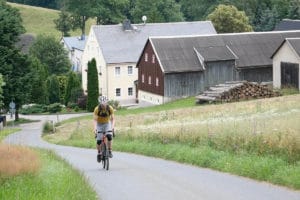
Doesn’t hurt at all. At the beginning of the tour, such a climb is still doable without Rocket mode.
A few bends later, however, the navigation system causes some brief confusion. It actually wants us to leave the road on the left and follow a path that is more inviting for hiking than for cycling. Wasn’t the tour planned exclusively on cycle paths and roads? According to komoot, this apparently has to be a cycle path. Interesting.
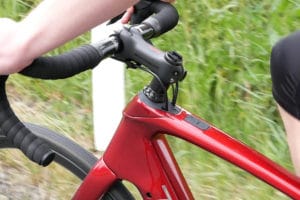
If there’s anything to complain about, it might be the drive control unit. It would be much better placed directly on the handlebars.
Trek Domane+ LT 9 in the test – Hidden talents
Partly heavy rainfall has softened the forest path considerably. Stones, roots, fallen branches, washed-out gullies and the fortunately now somewhat more gentle gradient turn the next eight kilometres or so into an unexpected off-road adventure. Yet with a happy ending. The Domane+ cuts a really fine figure in all the rough and tumble. For one thing, it allows a compact position on the bike even in this terrain, so that even on such technical passages, both uphill and downhill, there is never any discomfort. Upper body, shoulders and arms can remain relaxed and still exert enough control. Trek calls the Domane+ an endurance road bike. You benefit noticeably from the extra comfort this means for the geometry with such interludes.
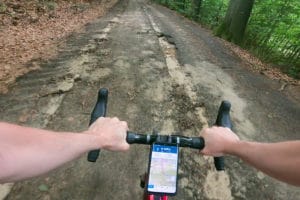
The start of the hiking trail is very soggy. We sink in correspondingly deep with the e-road bike. However, this is not a real test for the Fazua motor.
On the other hand, the wider tyres truly underline their versatility. With them, this section nevertheless feels safe at all times. We only deliberately avoid obvious sharp edges so as not to risk tyre damage. According to the manufacturer, the factory-fitted 32 millimetres of width can be increased to 38 millimetres. Intuitively, we would have expected even more leeway. If you want to ride the Domane+ regularly off the beaten track, we can only encourage you to do so. The bike definitely has a lot of gravel potential.
Trek Domane+ LT 9 in the test – The lurker
The only downer of the unexpected detour into the countryside is the look at the remaining battery capacity. That cost. From now on, it’s time to be more careful with the reserves. Back on the asphalt, the route continues through small villages towards the ridge of the Ore Mountains. The trek is as unobtrusive as the route goes gently uphill all the time. It does not draw attention to itself in any way. Shifting with the electric Di2 from Shimano is a delight. Whether everyone needs this level of perfection just when changing to the smaller of the two chainrings or any sprocket on the cassette is open to question. While riding, however, it feels very harmonious and definitely earns honest praise.
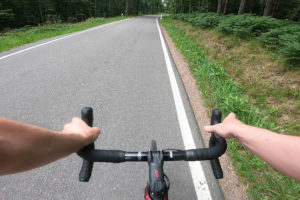
On smooth roads, the bike rolls along without a sound. No rattling, no grinding. As usual, nothing can be heard from the Fazua Ride 50 Evation either. Wonderful.
At around kilometre 60, we decide to further limit our energy consumption. There are still about 25 kilometres to the highest point of the tour. Moreover, it is a good 300 metres above our current level. It was certainly a good choice to set “Roadbike Chilli Milli” as the riding profile in the Fazua Rider app before starting the ride. The setting is supposed to be optimised for longer distances. For this, only a maximum of 60 watts is available in Breeze mode. In Rocket mode, it goes up to 210 watts. The acceleration is designed to be even. All this is done in the hope of not wasting energy unnecessarily by being too lively. After all, Fazua promises a range of up to 150 kilometres with this setting in Breeze mode. Of course, nothing is said about the road surface, route profile, weather conditions, etc.
However, from now on the Breeze mode will have to do the job. Together with what’s in our own tank. In the end, this actually works out quite well. Almost exactly on the “roof” of our tour, the last green LED on the Remote fX fades away. A second involuntary off-road interlude played its part. A classic case of “checking the navigation system too late”. Then we took an “alternative” route in the direction of the planned one. And yes, the confidence gained in the first off-road session was certainly involved in the decision making ?
Later, by the way, the drive will report back again briefly. After a rest, an LED appears again as we continue. On the next more serious climb, however, it disappears again. This time for the rest of the route.
Trek Domane+ LT 9 in the test – This fast is safe
The nice thing about a lap whose highest point is roughly in the middle is – exactly – the second part. With what the body is still capable of and a constantly decreasing residual profile, we hurry towards the starting point. At first, that sounds like pure relaxation. Anyone who has ever set out on longer descents in a more exhausted state knows that this can also be very challenging. After all, physical fatigue should not spill over into mental fatigue. For such a phase, you want a bike like the Domane+ LT 9, especially its Dura Ace disc brakes with 160 millimetres discs. You can always rely on them while descending at a good 70 kilometres per hour. Especially on an unfamiliar bike, which remains a test bike even after more than 100 kilometres ridden, a certain reluctance normally always sets in. That is also the case here. Only this “safety barrier” takes effect much later than on other ebikes. Via its geometry, the balanced seating position and the sheer quality of the components, the model conveys a sense of safety. And the fact that the motor is there doesn’t feel like it matters at all. On the downhill and on the straight, you’ll be over the 25 km/h assistance limit in no time with the Domane+ anyway.
When we get off the bike, two things go through our minds once again. Firstly, if Fazua ever had an ebike in mind that could be transformed into a bike without a motor with just a few moves, it would probably be very close to the Trek Domane+ LT 9. Secondly, do you also feel that this road bike has made us better riders today?
Pictures: Ebike24
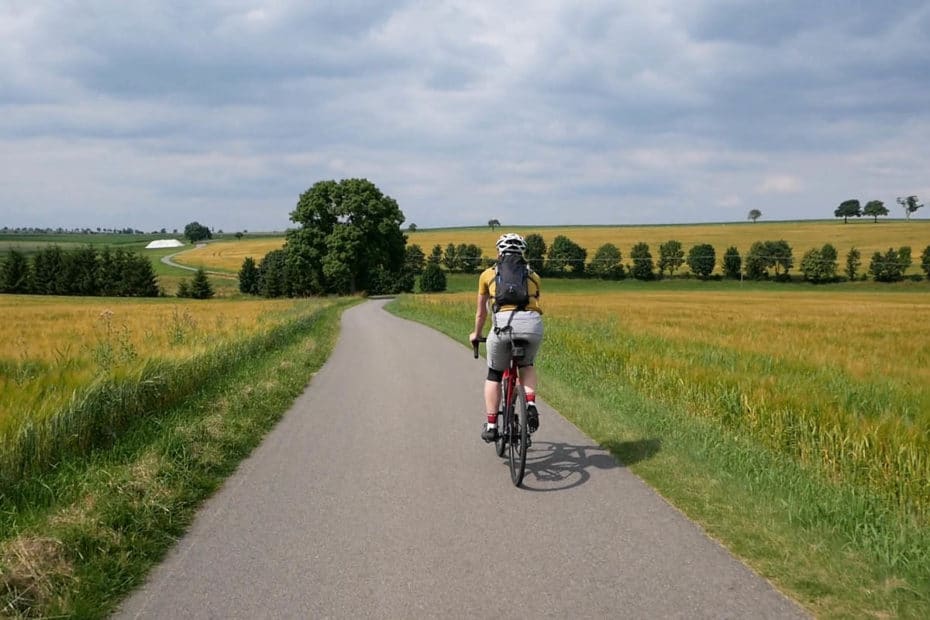
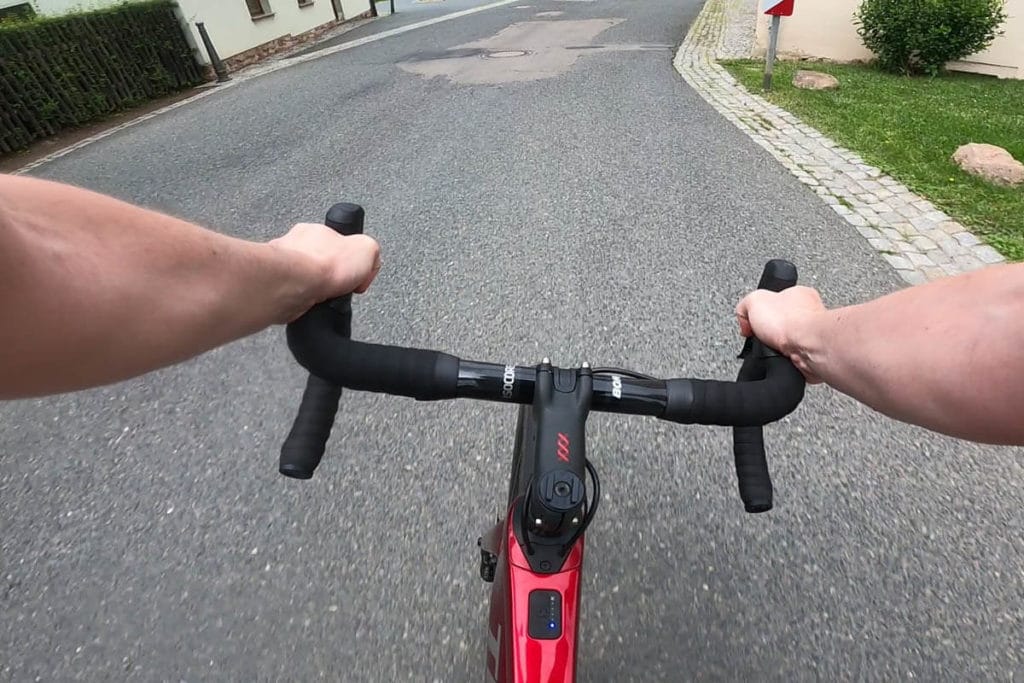

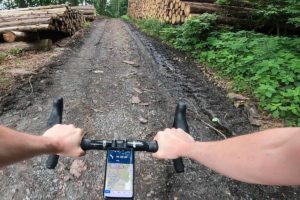
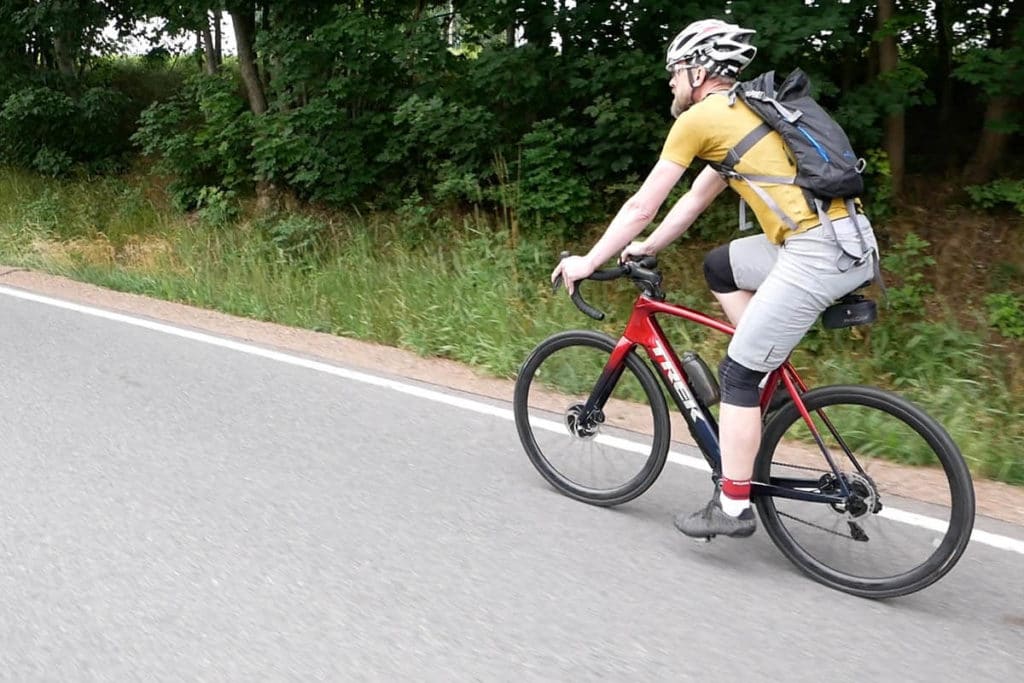

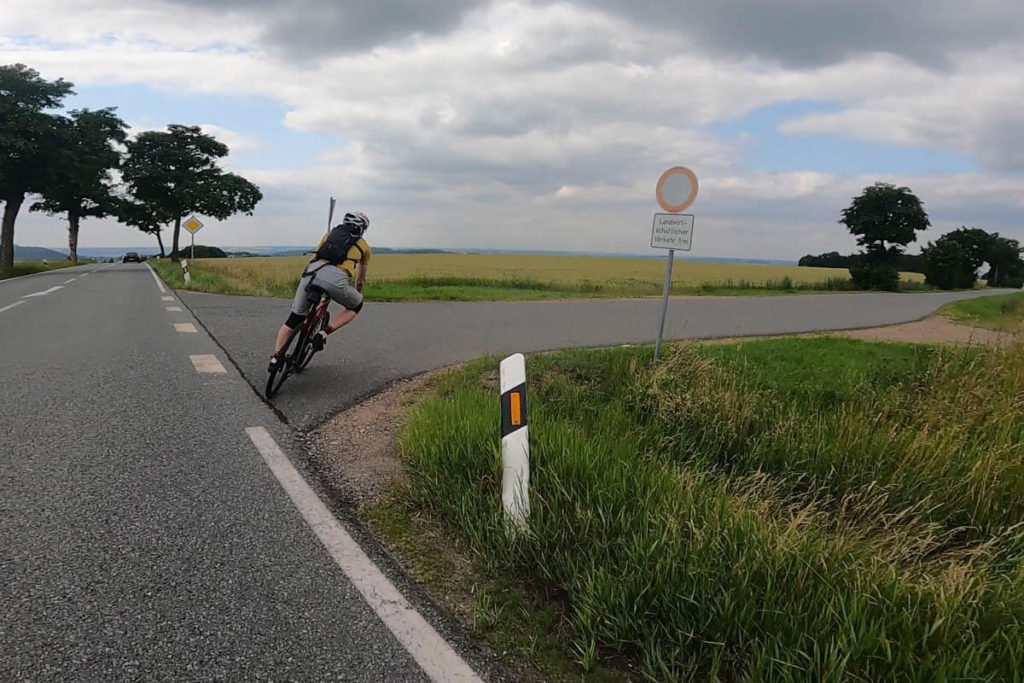

j’ai un gravel équipé du Fazua trail 50
Après 15kms en montagne et 1000 m de dénivelé l’assistance se coupe et la diode jaune se met à clignoter alors que la batterie n’a consommé que 40 pour cent
Est ce normal
Bonjour,
ce n’est en aucun cas normal. Quelque chose ne va pas avec l’entraînement. Dans le manuel d’utilisation, l’explication suivante est donnée pour ce type d’erreur :
“Il y a éventuellement une mauvaise connexion entre le Speed sensor et le Bottom Bracket. ► Contrôlez la position de l’aimant de rayon. Si vous ne trouvez pas d’erreur, adressez-vous à un partenaire de service Fazua.”
Tu devrais te rendre dans l’atelier le plus proche et faire vérifier cela.
Meilleures salutations, Matthias